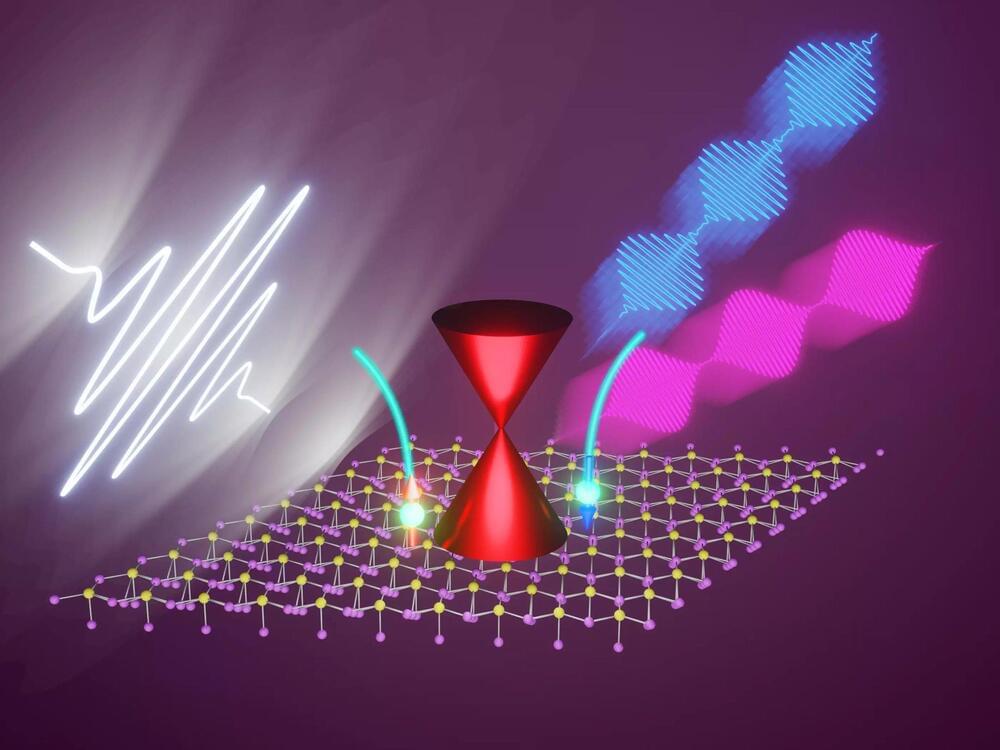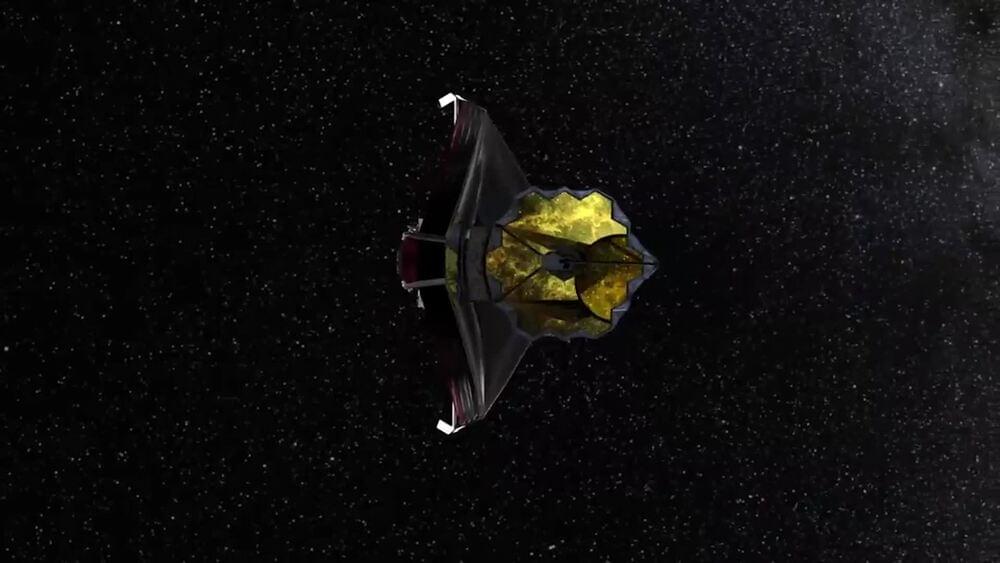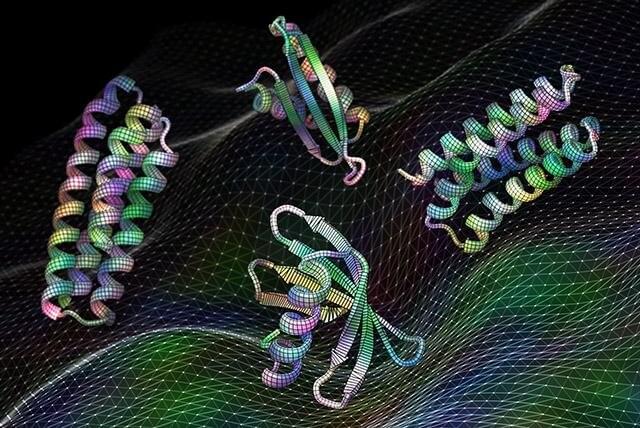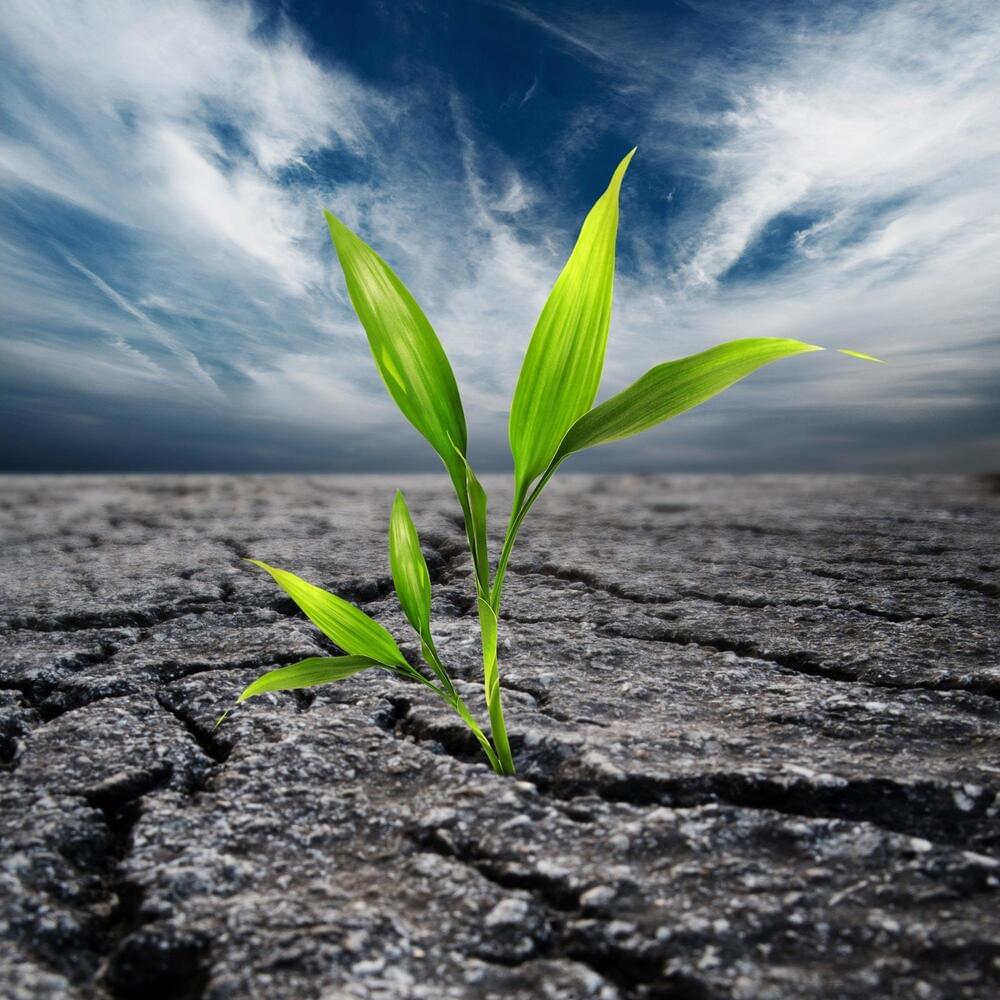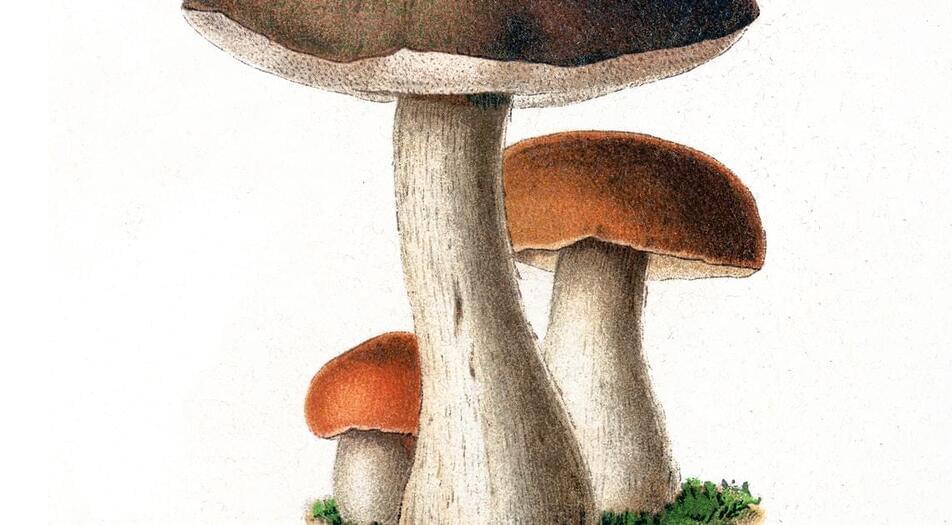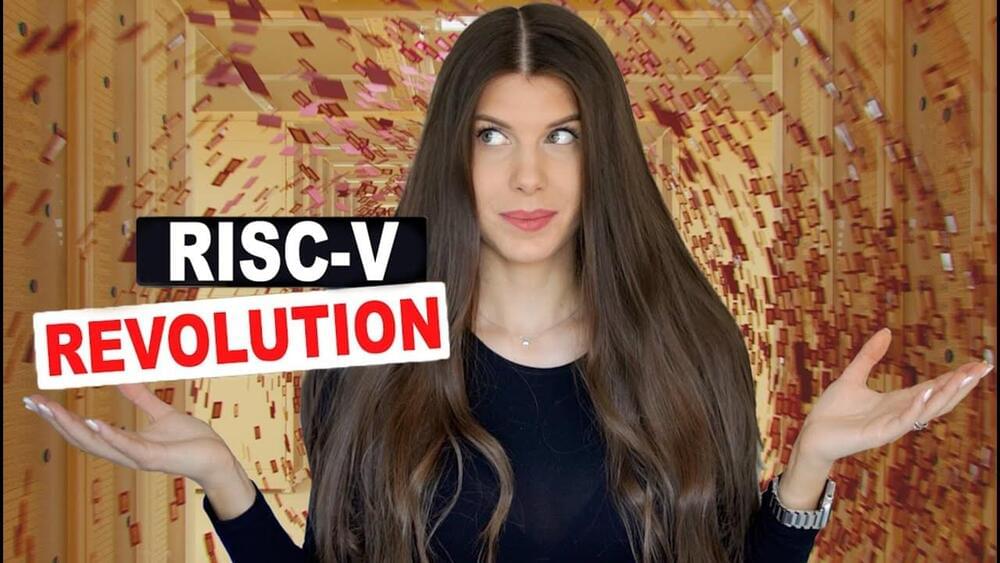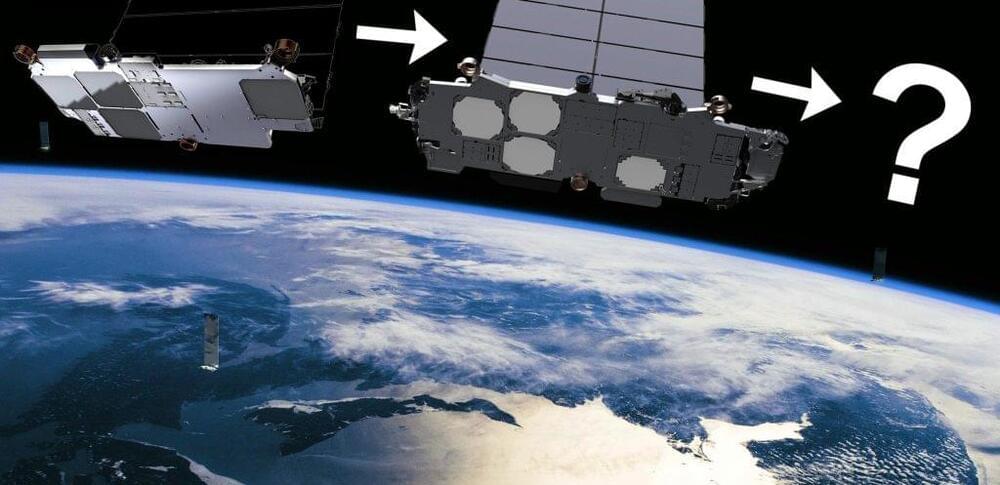Jul 21, 2022
Have researchers found the best semiconductor of them all?
Posted by Saúl Morales Rodriguéz in categories: computing, solar power, sustainability
Silicon is one of the most abundant elements on Earth, and in its pure form the material has become the foundation of much of modern technology, from solar cells to computer chips. But silicon’s properties as a semiconductor are far from ideal.
For one thing, although silicon lets electrons whizz through its structure easily, it is much less accommodating to “holes”—electrons’ positively charged counterparts—and harnessing both is important for some kinds of chips. What’s more, silicon is not very good at conducting heat, which is why overheating issues and expensive cooling systems are common in computers.
Now, a team of researchers at MIT, the University of Houston, and other institutions has carried out experiments showing that a material known as cubic boron arsenide overcomes both of these limitations. It provides high mobility to both electrons and holes, and has excellent thermal conductivity. It is, the researchers say, the best semiconductor material ever found, and maybe the best possible one.
